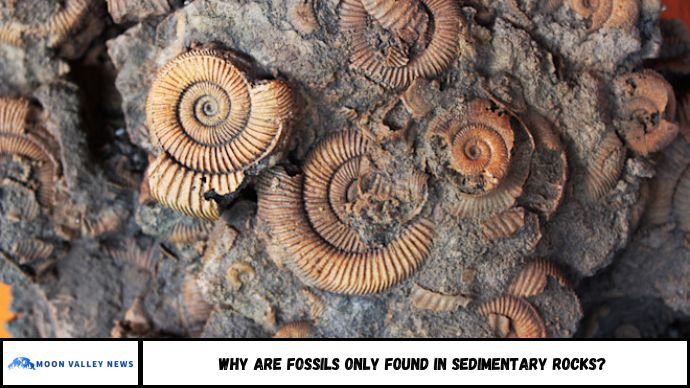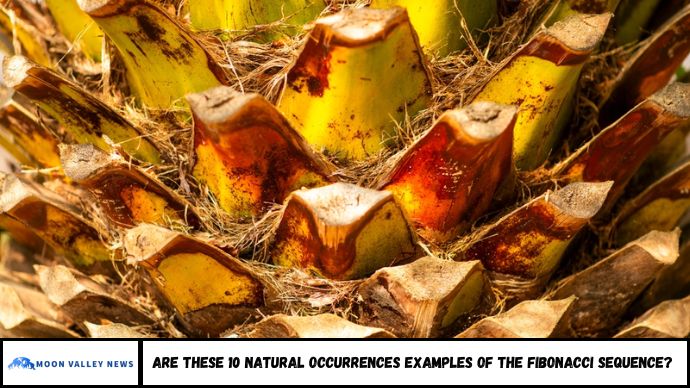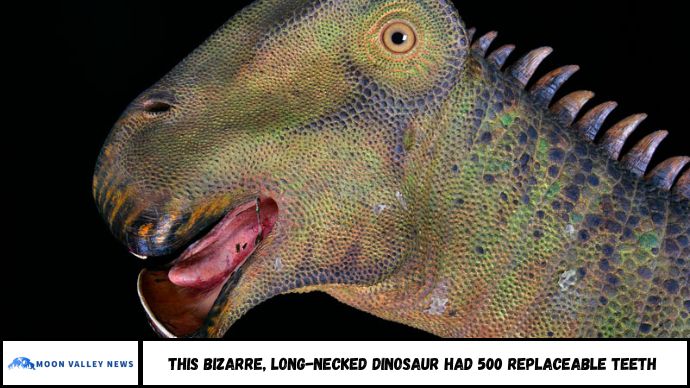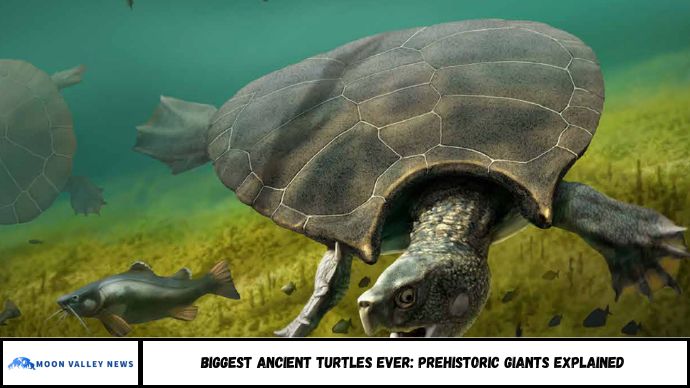But why do we only find them in sedimentary rocks? Why not in volcanic or metamorphic ones? This puzzle has fascinated scientists and curious minds alike for centuries. The answer lies deep in Earth’s natural processes—how rocks form, how organisms decay, and how time itself shapes the planet.
Finding fossils starts with choosing the right location—and it’s never random.
Paleontologists carefully evaluate potential dig sites by looking at both the age and accessibility of the rock layers before beginning any excavation.
But the most critical factor? The type of rock. Fossil hunters almost always search in sedimentary rock, avoiding igneous and metamorphic types. Why?
Because sedimentary rocks form in ways that naturally preserve the remains of ancient life, while the extreme heat and pressure involved in forming igneous and metamorphic rocks typically destroy any trace of plants or animals that once existed.
- What fossils are and how they form
- Why sedimentary rocks are the ideal fossil preservers
- Why igneous and metamorphic rocks lack fossils
- Modern discoveries and facts supporting this explanation
Abstract
Fossils are typically found only in sedimentary rocks because these rocks form under conditions favorable to preserving biological material. Unlike igneous and metamorphic rocks, sedimentary rocks form from accumulated sediments that gently encase and protect remains over millions of years. This article explores fossil formation, the unique properties of sedimentary rocks, and why other rock types destroy organic evidence.
What Are Fossils?
Fossils are the preserved remains, imprints, or traces of ancient organisms. They can include bones, shells, leaves, footprints, or even microscopic organisms. Fossilization is a rare and delicate process that occurs under specific conditions.
How Fossils Form: The Basic Process
Fossils don’t form overnight. For fossilization to occur, several things must align:
- Rapid burial: Protects the organism from scavengers and decay.
- Low oxygen environment: Slows down decomposition.
- Mineral replacement: Over time, minerals replace organic material.
These conditions are only reliably found in sedimentary environments.
Why Sedimentary Rocks Preserve Fossils
Sedimentary rocks form through the accumulation of sediment, like sand, silt, and clay, in layers. These layers build up over time in lakes, oceans, and riverbeds—places where dead organisms naturally settle.
Key reasons sedimentary rocks preserve fossils:
- Gentle formation process: No heat or pressure to destroy organic remains.
- Layered deposition: Organisms get trapped and buried slowly, allowing preservation.
- Water presence: Helps in the mineralization process essential for fossilization.
Why Not Igneous or Metamorphic Rocks?
Igneous Rocks
Formed from molten lava or magma, igneous rocks are far too hot for organic remains to survive. Any potential fossil would be vaporized during rock formation.
Metamorphic Rocks
These form from pre-existing rocks under intense heat and pressure. If a fossil did exist, it would be distorted or destroyed during metamorphism.
Types of Sedimentary Rocks Where Fossils Are Found
- Limestone: Marine fossils like shells and corals.
- Shale: Excellent for preserving fine details like leaf imprints or soft-bodied animals.
- Sandstone: Tracks and bones from desert or beach environments.
Each type reveals a unique slice of Earth’s history.
Fossils as Geological Time Markers
Fossils help scientists date rock layers through a process called biostratigraphy. Certain fossils, known as index fossils, are especially useful in determining the relative age of sedimentary layers.
Recent Discoveries Strengthen the Case
- In 2023, paleontologists in Argentina discovered a 95-million-year-old titanosaur fossil in sedimentary rock—the largest ever found in South America.
- NASA’s Mars rovers look for sedimentary rocks on Mars as the most likely place to find evidence of past life.
These discoveries emphasize sedimentary rock’s unique ability to preserve the past.
FAQs
1. Why don’t fossils form in lava or magma?
Because the intense heat destroys organic material instantly.
2. Can fossils survive pressure in metamorphic rocks?
No. Pressure and heat deform or obliterate any fossil structure.
3. Are fossils only found on land?
No. Many are found in marine sedimentary rocks, like limestone.
4. Which sedimentary rock is best for fossil finds?
Shale, due to its fine grain and ability to preserve soft details.
5. How old are the oldest fossils?
Some microfossils in sedimentary rocks are over 3.5 billion years old.
6. Are all bones fossils?
No. Bones must undergo mineralization and preservation to become true fossils.
Conclusion
Fossils tell the grand story of life on Earth, but their preservation is delicate and rare. Only sedimentary rocks offer the gentle, low-pressure, and low-heat environment needed to preserve organic remains. Unlike igneous and metamorphic rocks, they allow nature to record its history in layers—one fossil at a time.







